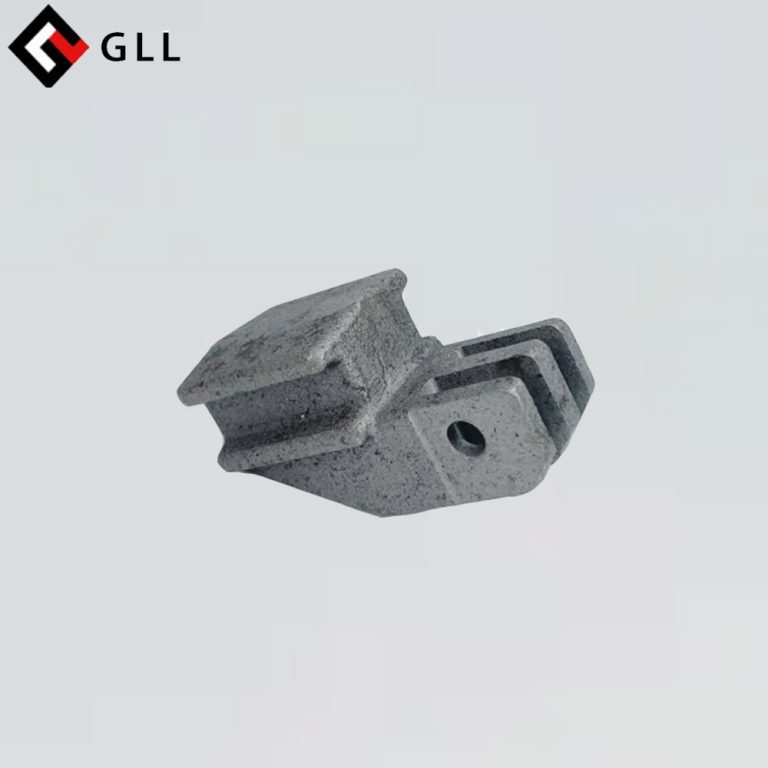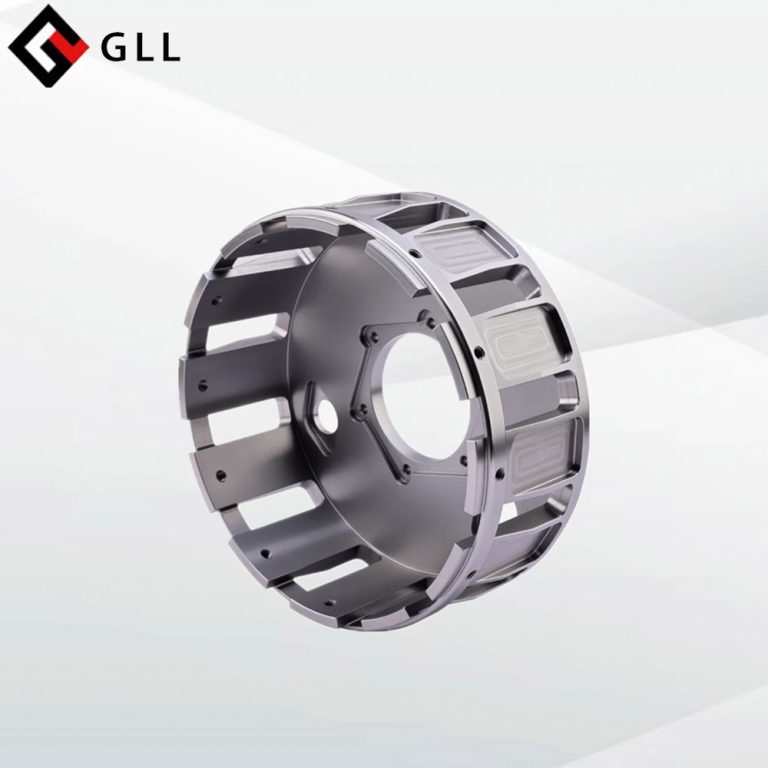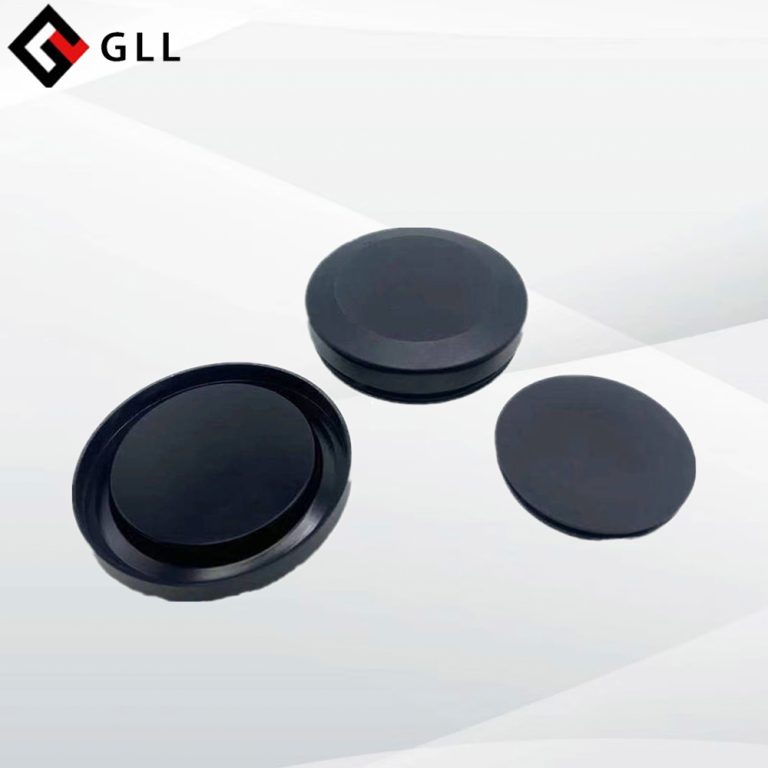Gll Casting Specialize In Aluminum Die Casting Parts For A Variety Of Industries
Aluminum die casting is a highly efficient manufacturing process used to produce complex aluminum components. This process involves several steps that allow for the precise and repeatable production of intricate shapes and high-quality parts.
The first process in aluminum die casting is the preparation of the die, which is a steel mold that determines the shape and features of the final component. The die includestwo halves: the cover die, also called the stationary half, and the ejector die, or the moving half. These halves are precisely machined to create a cavity that matches the desired shape of the part.
Before the casting process begins, the die is sprayed with a lubricant or release agent to facilitate the easy removal of the finished part and to enhance the flow of molten aluminum. This step helps prevent the aluminum from sticking to the die surfaces.
Then, the aluminum alloy is melted in a furnace at temperatures typically ranging from 660°C to 710°C (1220°F to 1310°F). The alloy is carefully selected based on the desired properties of the final part, such as strength, corrosion resistance, and thermal conductivity. Commonly used aluminum alloys for die casting include ADC12, A380, and A413.
Once the alloy reaches the desired temperature, it is injected into the die at high pressure. The injection process is carried out by a specialized machine known as a die casting machine. The machine consists of a two-part mold clamping unit and an injection unit. The mold clamping unit securely holds the two halves of the die in place, while the injection unit forces the molten aluminum into the die cavity.
The high pressure applied during the injection ensures that the molten metal fills all the intricate details of the mold, including thin walls and complex shapes. This pressure also helps to minimize the formation of air pockets or voids in the casting, which could compromise its structural integrity.
Once the molten aluminum has completely filled the mold cavity, it is left to cool and solidify. The cooling time depends on the size and thickness of the part, as well as the specific aluminum alloy used. Cooling can be accelerated using cooling channels or by spraying water or compressed air onto the mold surfaces.
After solidification, the two halves of the die are separated, and the newly formed aluminum casting is ejected from the mold. The casting is then subjected to various post-processing operations, including trimming, removing excess material, and surface finishing, to achieve the desired final dimensions, surface quality, and functional characteristics.
In summary, aluminum die casting is a sophisticated process that involves the precise preparation of molds, melting of the aluminum alloy, high-pressure injection into the die cavity, and subsequent cooling and ejection of the solidified part. This process enables the production of complex and high-quality aluminum components that find applications in diverse industries.



